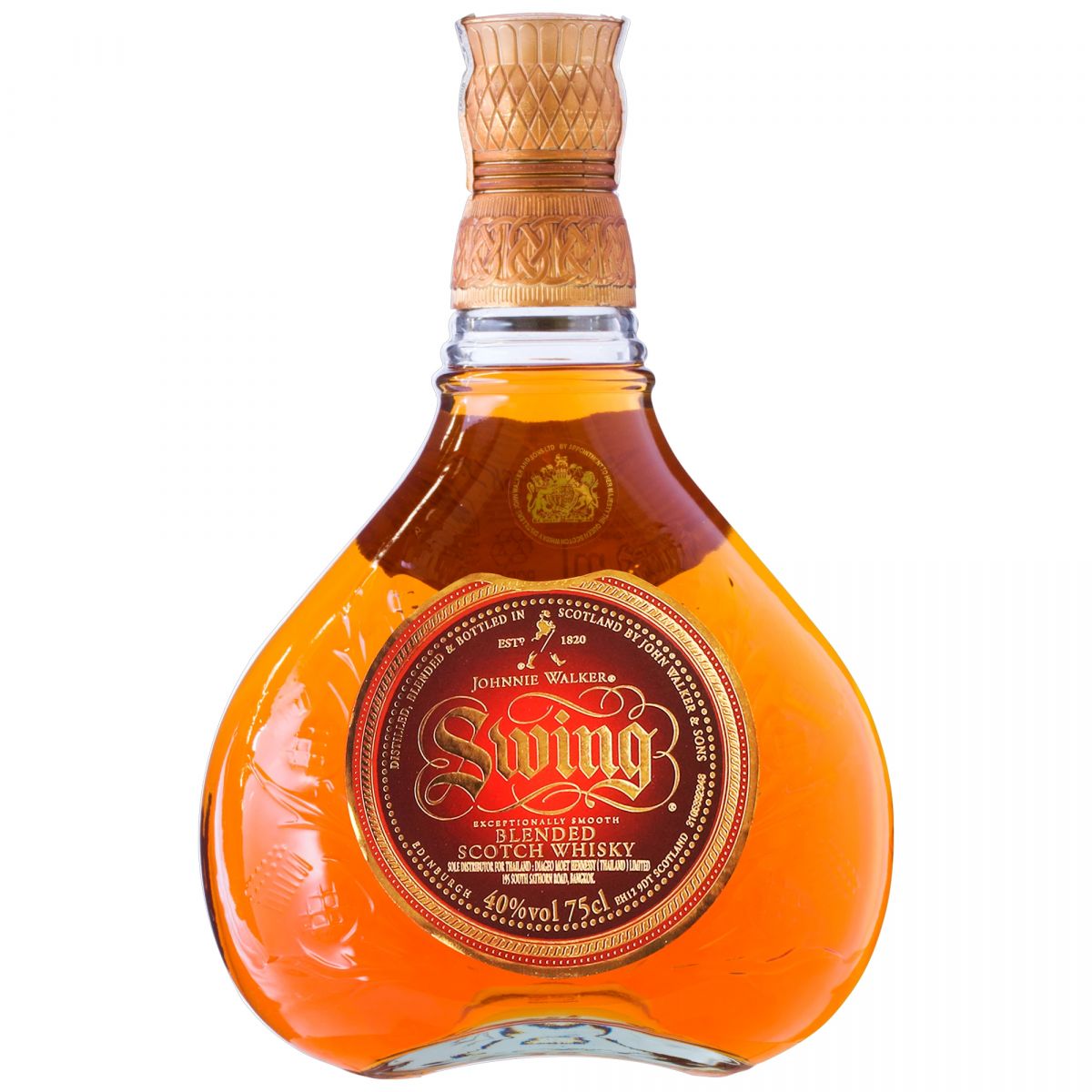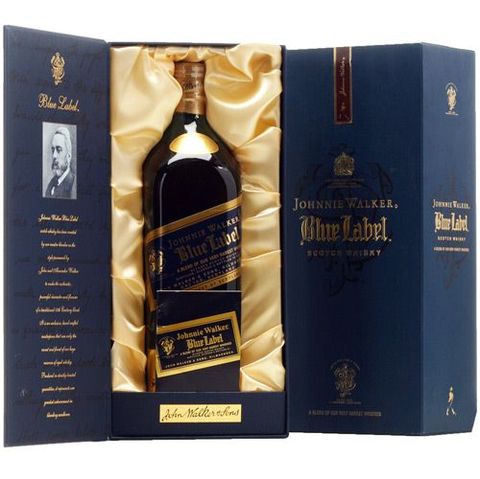By Laphroaig
Laphroaig 10 Year Old is an all-malt Scotch Whisky from the remote island of Islay in the Western Isles of Scotland. Laphroaig, pronounced "La-froyg", is a Gaelic word meaning "the beautiful hollow by the broad bay".
In making Laphroaig, malted barley is dried over a peat fire. The smoke from this peat, found only on Islay, gives Laphroaig its particularly rich flavor.
Laphroaig is best savoured neat, or with a little cool water. Roll it around on your tongue. Release the pungent, earthy aroma of blue peat smoke, the sweet nuttiness of the barley, the delicate heathery perfume of Islay's streams. It is as unique as the island itself.
Tasting Notes:
- COLOR : Full sparkling gold
- NOSE: Huge smoke, seaweedy, "medicinal", with a hint of sweetness
- BODY: Full bodied
- PALATE: Suprising sweetness with hints of salt and layers of peatiness
- FINISH: Lingering
Awards:
2011 SF World Spirits Competition - Double Gold medal
2010 International Wine & Spirit Competition – Silver Medal
2010 SF World Spirits Competition - Double Gold medal
2009 SF World Spirits Competition - Gold medal
2008 IWSC - Silver Medal and 'Best in Class'
2008 SF World Spirits Competition - Gold medal
2007 International Wine and spirits Competition - Gold (Best in Class)
2007 ISC (International Spirits Challenge) - Gold medal
2007 International Review of Spirits (BTI) - Silver medal
2007 San Francisco World Spirits Competition - Gold medal
2006 International Wine and spirits Competition, Gold, Best in Class
2006 San Francisco World Spirits Competition - Double-Gold award
2005 Malt Maniacs Awards - Silver Medal "A peat monster that takes no prisoners"
2005 IWSC - Silver Medal and 'Best in Class'
2004 International Spirits Challenge - Silver Medal
2003 International Spirits Challenge - Silver Medal
2003 International Spirits Challenge- Gold Medal
2001 International Spirits Challenge - Gold Medal
2000 International Spirits Challenge - Gold Medal
2000 International Wine & Spirit Competition - Gold Medal
1999 International Wine & Spirit Competition - Gold Medal
1998 International Wine & Spirit Competition - Best Single Malt Scotch Whisky under 12 Years Old
1998 International Wine & Spirit Competition - Gold Medal
By Mike Tarrani "Jazz Drummer" (Deltona, FL USA)
I have to agree with Christopher Gerg's March 1, 2013 review in that this is one single-malt whiskey that you will either love or hate. I happen to love the single malts from Islay and this one epitomizes those: dense peat with salt and ineffable other flavors and nuances.
At first sip your first reaction will be that there is nothing subtle about this whiskey. As you savor it, though, you find yourself trying to sort out a myraid of subtleties - and that is why I am so hooked on Islay whiskeys in general and this one in particular.
To truly get the most from this single malt I recommend a specialty glass like the lencairn 6 oz. Whiskey Glass that accentuates the 'nose'. I am by no means a connoisseur, but can pick out and enjoy many of the constituent aromas, fragrances and flavors. Having a proper glass helps.
Obviously if you are new to single-malt whiskeys you may want to try one of the smoother Highland ones first. Once you acquire a taste and start exploring the other regions give this one a try when you get down to the south west coast region. If you are already a single malt aficionado, and especially if you love the Islay whiskeys, you should try this one if you haven't already.





 . In 2010, it had climbed nearly as far – winning best blended scotch of the year. The thought of a blended scotch trumping over all single malts sent many whisky nuts (this one included) into paroxysms of rage. I had to try it.
. In 2010, it had climbed nearly as far – winning best blended scotch of the year. The thought of a blended scotch trumping over all single malts sent many whisky nuts (this one included) into paroxysms of rage. I had to try it.









